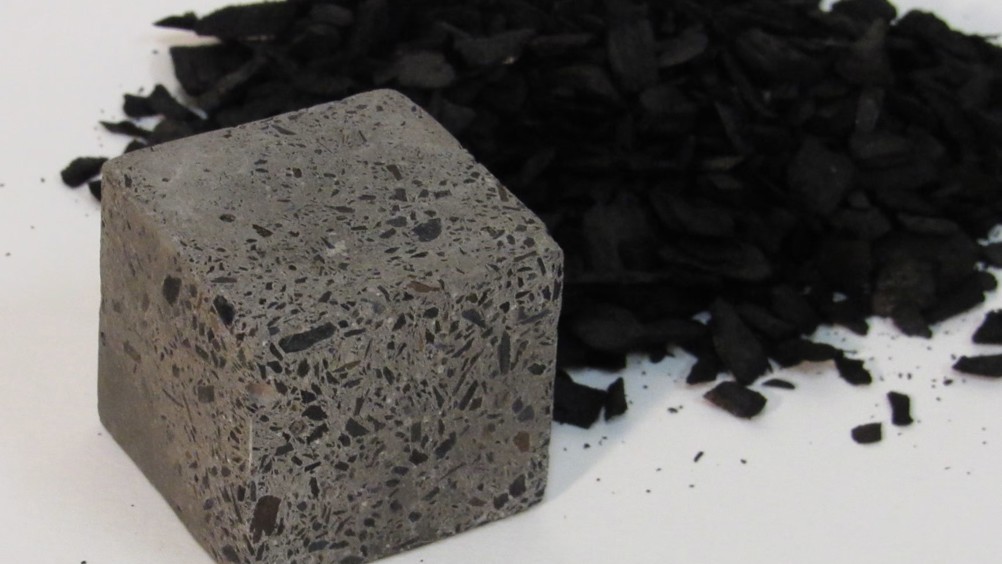Building materials show huge carbon storage potential
Scientists in California have shown how materials such as concrete and plastic could store about half of the annual carbon emissions humans produce each year.

Published in Science, the new study was carried out by civil engineers and Earth systems scientists at the University of California, Davis (UC Davis) and Stanford University. It found that building materials had the potential to store more than 16 billion tonnes of CO2 annually, roughly half of the 35 billion tonnes emitted globally each year.
“The potential is pretty large,” said Elisabeth Van Roijen, a researcher at the US Department of Energy who led the study while a graduate student at UC Davis.
The researchers calculated the potential to store carbon in a wide range of common building materials including concrete, asphalt, plastics, wood and brick. Carbon-storing methods included adding biochar into concrete; using artificial rocks loaded with carbon as concrete and asphalt pavement aggregate; plastics and asphalt binders based on biomass rather than fossil petroleum sources; and including biomass fibre into bricks.
Register now to continue reading
Thanks for visiting The Engineer. You’ve now reached your monthly limit of news stories. Register for free to unlock unlimited access to all of our news coverage, as well as premium content including opinion, in-depth features and special reports.
Benefits of registering
-
In-depth insights and coverage of key emerging trends
-
Unrestricted access to special reports throughout the year
-
Daily technology news delivered straight to your inbox










Water Sector Talent Exodus Could Cripple The Sector
Maybe if things are essential for the running of a country and we want to pay a fair price we should be running these utilities on a not for profit...